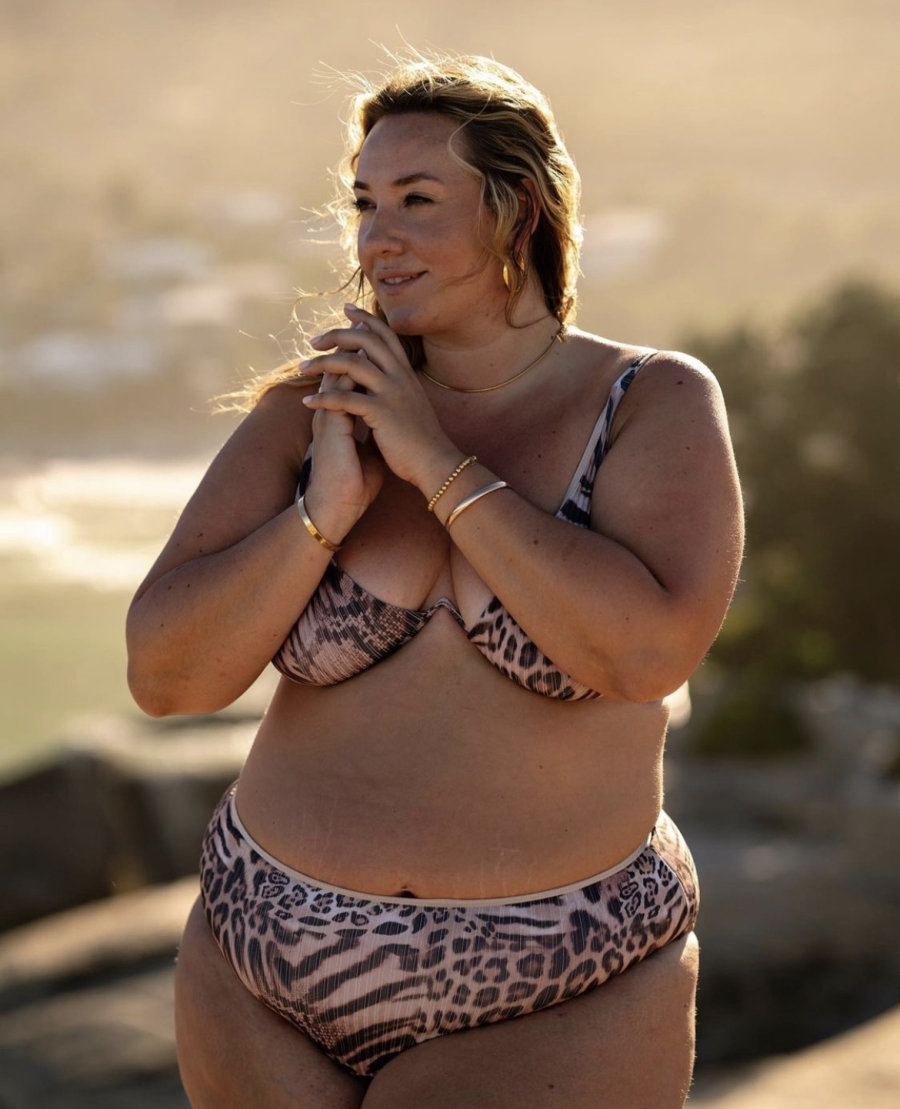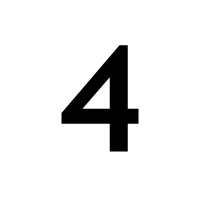- Afghanistan
- Åland Islands
- Albania
- Algeria
- American Samoa
- Andorra
- Angola
- Anguilla
- Antarctica
- Antigua and Barbuda
- Argentina
- Armenia
- Aruba
- Australia
- Austria
- Azerbaijan
- Bahamas
- Bahrain
- Bangladesh
- Barbados
- Belarus
- Belgium
- Belize
- Benin
- Bermuda
- Bhutan
- Bolivia
- Bonaire, Sint Eustatius, and Saba
- Bosnia and Herzegovina
- Botswana
- Bouvet Island
- Brazil
- British Indian Ocean Territory
- British Virgin Islands
- Brunei
- Bulgaria
- Burkina Faso
- Burundi
- Cambodia
- Cameroon
- Canada
- Cape Verde
- Cayman Islands
- Central African Republic
- Chad
- Chile
- China
- Christmas Island
- Cocos [Keeling] Islands
- Colombia
- Comoros
- Cook Islands
- Costa Rica
- Croatia
- Cuba
- Curaçao
- Cyprus
- Czech Republic
- Congo - Kinshasa
- Denmark
- Djibouti
- Dominica
- Dominican Republic
- Timor-Leste
- Ecuador
- Egypt
- El Salvador
- Equatorial Guinea
- Eritrea
- Estonia
- Ethiopia
- Falkland Islands
- Faroe Islands
- Fiji
- Finland
- France
- French Guiana
- French Polynesia
- French Southern Territories
- Gabon
- Gambia
- Georgia
- Germany
- Ghana
- Gibraltar
- Greece
- Greenland
- Grenada
- Guadeloupe
- Guam
- Guatemala
- Guernsey
- Guinea
- Guinea-Bissau
- Guyana
- Haiti
- Heard Island and McDonald Islands
- Honduras
- Hong Kong SAR China
- Hungary
- Iceland
- India
- Indonesia
- Iran
- Iraq
- Ireland
- Isle of Man
- Israel
- Italy
- Côte d’Ivoire
- Jamaica
- Japan
- Jersey
- Jordan
- Kazakhstan
- Kenya
- Kiribati
- Kosovo
- Kuwait
- Kyrgyzstan
- Laos
- Latvia
- Lebanon
- Lesotho
- Liberia
- Libya
- Liechtenstein
- Lithuania
- Luxembourg
- Macau SAR China
- Macedonia
- Madagascar
- Malawi
- Malaysia
- Maldives
- Mali
- Malta
- Marshall Islands
- Martinique
- Mauritania
- Mauritius
- Mayotte
- Mexico
- Micronesia
- Moldova
- Monaco
- Mongolia
- Montenegro
- Montserrat
- Morocco
- Mozambique
- Myanmar [Burma]
- Namibia
- Nauru
- Nepal
- Netherlands
- Netherlands Antilles
- New Caledonia
- New Zealand
- Nicaragua
- Niger
- Nigeria
- Niue
- Norfolk Island
- North Korea
- Northern Mariana Islands
- Norway
- Oman
- Pakistan
- Palau
- Palestinian Territories
- Panama
- Papua New Guinea
- Paraguay
- Peru
- Philippines
- Pitcairn Islands
- Poland
- Portugal
- Puerto Rico
- Qatar
- Congo - Brazzaville
- Réunion
- Romania
- Russia
- Rwanda
- Saint Barthélemy
- Saint Helena
- Saint Kitts and Nevis
- Saint Lucia
- Saint Martin
- Saint Pierre and Miquelon
- Saint Vincent and the Grenadines
- Samoa
- San Marino
- São Tomé and Príncipe
- Saudi Arabia
- Senegal
- Serbia
- Serbia and Montenegro
- Seychelles
- Sierra Leone
- Singapore
- Sint Maarten
- Slovakia
- Slovenia
- Solomon Islands
- Somalia
- South Africa
- South Georgia and the South Sandwich Islands
- South Korea
- South Sudan
- Spain
- Sri Lanka
- Sudan
- Suriname
- Svalbard and Jan Mayen
- Swaziland
- Sweden
- Switzerland
- Syria
- Taiwan
- Tajikistan
- Tanzania
- Thailand
- Togo
- Tokelau
- Tonga
- Trinidad and Tobago
- Tunisia
- Turkey
- Turkmenistan
- Turks and Caicos Islands
- Tuvalu
- U.S. Virgin Islands
- Uganda
- Ukraine
- United Arab Emirates
- United Kingdom
- United States
- U.S. Minor Outlying Islands
- Uruguay
- Uzbekistan
- Vanuatu
- Vatican City
- Venezuela
- Vietnam
- Wallis and Futuna
- Western Sahara
- Yemen
- Zambia
- Zimbabwe
How to Become a Plus Size Model

How to Become a Plus Size Model
There are many distinct sorts of models in the modelling field. You might not think this is the case if you don't know anything about fashion. Because the purpose of modelling is to sell items, there are a variety of roles that a model may do, including plus size or curvy models, petite models, kid or elderly models, and even the most fundamental distinctions like male and female models. Here's our guide to plus-size modelling, which is one of these subgenres.
There are many distinct sorts of models in the modelling field. You might not think this is the case if you don't know anything about fashion. Because the purpose of modelling is to sell items, there are a variety of roles that a model may do, including plus size or curvy models, petite models, kid or elderly models, and even the most fundamental distinctions like male and female models. Here's our guide to plus-size modelling, which is one of these subgenres.
Introduction to the Plus Size Model Industry
Plus-size models are in high demand since the great majority of individuals, especially women, are larger than the industry's normal sizes. The sight of skinny ladies wearing apparel in catalogues, publications, internet retailers, and advertisements has become ridiculous. Instead, we may want to see a lady with a larger form, which is more representative of how women generally appear.
The plus-size model industry is smaller than other parts of the fashion industry, which still promotes the stereotype of a slender and tall woman, regardless of race or origin. We have yet to see a plus-size Victoria's Secret model, for example. However, because it is expanding, you may want to learn more about it in order to stay up with the latest trends.
What are the Plus-Size Models?
Plus-size models are those who fall outside of the fashion industry's regular sizing guidelines. In terms of actual sizes and bounds, there isn't a clear industry-wide definition that has been agreed upon. As a result, it's impossible to come up with a clear criteria for what a lady has to look like to fit into this group.
She is, however, larger than the typical model in general — just not as enormous as you might imagine. In reality, the majority of women in the United States and Europe are plus-size. To fall into this group, you don't have to be a giant. Plus size modelling companies often seek out ladies who are only a smidgeon overweight — obese or severely overweight models are still uncommon.
Jobs for Plus-Size Models
When it comes to careers for plus size models, there are several options. When it comes to careers for plus size models, there are several options. Actually, the number of possible jobs is virtually infinite, but we'll go through a few of them here. These are the types of positions you could be interested in:
- Catwalk or runway model
- Editorial, lookbook, commercial model (having your photograph taken for print and digital campaigns)
- Catalog or online store model
- Acting in video advertisements
- Music video, film, or TV extra
- Art model or life model
- Fit or showroom model
- Influencer or blogger
Outside of formal employment obligations, you might be able to seek additional alternatives, such as brand endorsements.
There are many distinct sorts of models in the modelling field. You might not think this is the case if you don't know anything about fashion. Because the purpose of modelling is to sell items, there are a variety of roles that a model may do, including plus size or curvy models, petite models, kid or elderly models, and even the most fundamental distinctions like male and female models. Here's our guide to plus-size modelling, which is one of these subgenres.
Physical Requirements
Because there is no predetermined size that you must be, there are no stringent physical standards for curvaceous models. However, if you suit conventional sizes – for example, if your physique has the precise proportions of a size 16 – you have a greater chance of finding job. This will enable you to work as a fit model and pose for catalogues, among other things. For this category, the standard fittings start at size 12 and go up.
Plus models are allowed to be a little shorter than regular models, commonly ranging from 5"6' to 5"9'. You could even be able to get away with being shorter than that, since there have been successful models as little as 5"5'.
It may sound counterintuitive, but being healthy will help you acquire more jobs, even if you stay plus size. This entails sculpting your physique and ensuring that it is well-proportioned and taut. As a general guideline, a desirable proportion is to have your waist 10 inches smaller than your hips. Even as a plus-size model, you'll need to work out a lot! Consider plus-size lingerie models: they must look amazing in the pieces, with as few noticeable 'problems' as possible, such as cellulite, which is considered ugly.
You should also aim to maintain your current weight because you won't be able to keep booking gigs if your weight fluctuates. When you arrive, your clients will have no idea what to anticipate, which is inconvenient for them.
You should also have clear skin, good hair, and nails, so if unhealthy habits are keeping you at a larger size, you'll need to adjust your lifestyle. In essence, you must be as healthy as possible while maintaining your weight.
Specialty Agencies for Plus-Size Models
There are a few more open Plus-Size Model agencies that are prepared to work with models of various sizes. Here's a rundown of some of the more well-known plus-size modelling agencies:
- Wilhelmina
- Ford+
- IMG
- Models1
- Next
- ICON
- B&M Models
- Front Management
- Curve Models (Germany)
- Bridge Models (UK)
In your town, there may even be a plus-size modelling agency. If you haven't found any chances yet, try checking back since additional agencies may open their doors in the future to allow more plus-sized females in.
In order to get signed by them, you must first work on your physique and attractiveness to fulfil their standards. On their website, they could have more information about what they're searching for.
Some may only accept walk-ins, while others will take applications online. This implies you must immediately knock on their door and request to be seen! This might seem terrifying, but it will be the first step in your professional modelling career. You'll almost certainly be asked to pose in your underwear for Polaroids, which are miniature photographs used by modelling agencies to get their clients hired.
It's crucial to dress simply — a vest, leggings, and basic neutral toned undergarments are typically the best options. You should also avoid wearing makeup, or at least anything more than a little foundation, and having your hair done in a specific manner.
Plus Size Fashion Brands and Designers Who Work with Plus size models
Here are a few companies and designers who are recognised for working with curvier models on a regular basis:
- John Galliano
- Lane Bryant
- Universal Standard
- Premme
- ASOS Curve
- Boohoo Plus
- Torrid
- Eloqui
- Savage x Fenty
- Dear Kate
- Dove
- Tommy Hilfiger
- Levi’s
- Liz Claiborne
- Nordstrom
- Simply Be
- Target
- Michael Kors
- Addition Elle
- Ashley Graham Lingerie
Creating a Plus-Size Model Portfolio
If you are first denied, building a portfolio to demonstrate your potential may be beneficial. Working with photographers on a TFP (Time for Prints) basis is one way to do this. This means you won't get paid, but you will be able to utilise the photos to begin building your modelling portfolio. Finding an excellent photographer to collaborate with is well worth the effort. You could even wish to pay for their services if you want a very high-quality collection of images.
Print portfolios are wonderful for in-person meetings, but you can't be everywhere at once. Most agencies and clients will very certainly view your portfolio online. This is where your own website for your portfolio comes into play. Make sure you pick the correct platform for your portfolio website, one that allows you to express yourself in a way that is unique to you. Your modelling portfolio website must be both visually appealing and practical.

 by Admin
by Admin


